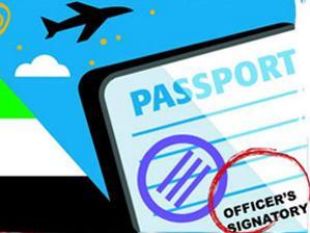
New Delhi, September 27: Now Indians travelling Down Under will not have to face the hassles of getting a visa labelled on their passport, as Australia is introducing label free visa arrangements from October 1.
"Travelling to Australia will now be a lot quicker and easier for Indian travellers as they will no longer need to have a visa label placed in their passport," said Peter Varghese, Australian High Commissioner to India.
As per the new arrangement, people wanting to travel to Australia will have to apply for visa but they won't have to include their passport with their application.
Instead of a visa label, travellers would receive an electronic visa grant letter the day their visa was granted that would explain all the conditions of their visa.
"This new approach would not only provide Indian travellers with better information about their visas but also reduce processing time and costs as travellers would no longer need to wait to have their passport returned to them by courier," Varghese said.
The label-free travel is not only simpler for the traveller but is also more secure. Unlike a label, which can be misread or manipulated, electronic verification at check-in confirms the real-time status of a person's visa, he added.
The High Commissioner said that the decision to introduce label-free travel arrangements from India has been welcomed by Indian government, airlines and travel and education agents in India.





Comments
Add new comment